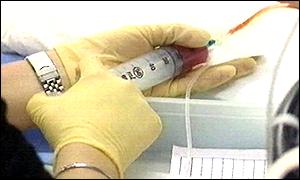Mechanisms of action and classification of anticancer drugs
5,012 viewsThe agents used in cancer treatment affects both the normal and neoplastic cells, but they cause more damage to malignant cells than to normal tissues due to quantitative differences between the metabolic processes of these two cell populations.

The cytotoxic are not lethal to tumor cells selectively. Differences between the growth of malignant cells and normal cells and small biochemical differences observed between them probably combine to produce their specific effects.
DNA, genetic material of all cells, acts as the modulator in the production of specific forms of RNA carrier, ribosomal RNA and messenger RNA and thereby determines which enzyme will be synthesized by the cell. Enzymes are responsible for most cellular functions, and interference in these processes will affect the function and proliferation of both normal and neoplastic cells.Most anticancer drugs used in chemotherapy interfere somehow this cellular mechanism, and better understanding of normal cell cycle has led to clearly define the mechanisms of action of most drugs. It was from this definition that Bruce et al. (1969) classified the chemotherapy according to their performance on the cell cycle in:
• Cycle-nonspecific - Those who act on cells that are either not in the proliferative cycle, for example, nitrogen mustard.
• Cycle-specific - The chemotherapeutic agents that act only on cells that are proliferating, such as cyclophosphamide.
• Stage-specific - Those who work in certain phases of the cell cycle, for example, methotrexate (S phase), etoposide (G2 phase) and vincristine (M phase).
